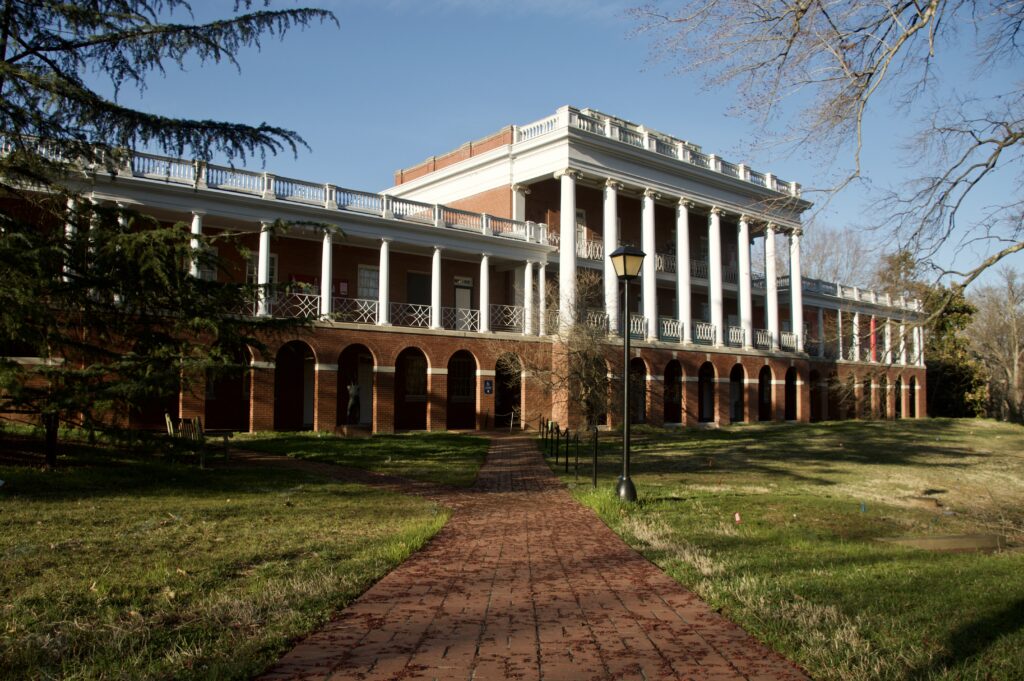UMW Department of Art and Art History should offer more minors to align with liberal arts philosophy
4 min read
By Tanner Glascock
Staff Writer
At a liberal arts university, students are encouraged to depart from the institution with a broad range of knowledge from a variety of subjects. Major and minor programs at liberal arts universities reflect this with their wide variety of academic options for students to explore.
At UMW, some academic offerings embody this liberal arts mission with major and minor programs, providing students with opportunities to major in their main focus and supplement their degree with minors.
However, one department that currently does not offer minor programs is the Department of Art and Art History. Within this department, studio art and art history are offered as majors only and as such are less accessible to those who are interested in the subject matter but already are majoring in another subject.
As someone with a passion for art who has taken multiple art classes during my time at UMW, it was disappointing that—unless I were to double major—I could not supplement my degree with a minor in studio art.
Because of this, Mary Washington should offer more minors in the arts, especially the studio arts. This would allow students who have an interest in curating a degree that highlights their knowledge of the technical field to also showcase their understanding of the arts, which would truly encapsulate the philosophy of a liberal arts institution.
For reference, similarly sized universities in Virginia, such as Christopher Newport University and Longwood University, both offer studio art majors and minors, according to their respective course calendars.
Relatedly, UMW’s Department of Theatre and Dance has a musical theatre minor, which opens new opportunities for student who are not involved in the theater major but wish to enrich their education.
“I know many people who are not majoring in theatre but have that musical theatre minor because it’s something that interests them and it really makes them come alive,” said Matthew Monaghan, a senior theatre major. “Honestly, I’ve seen so many people transfer over to the musical theatre minor and have such a more positive campus life because they’re doing something they enjoy.”
As a result, Mary Washington needs more minor programs like this in the arts, as the currently offered theatre minor is successful in expanding the horizons of students who are involved in other major programs and wish to branch out.
It’s a missed opportunity for UMW not to offer students the option to supplement their degree with more art minors. Being able to go into the workforce with a specialization in a technical field while also having experience in the field of arts and artistic appreciation would create not only a well-rounded resume but also a well-rounded individual as aligned with the philosophy of a liberal arts institution.
“I think that a well-rounded education definitely consists of study in the arts,” said Wyatt Zatterstrom, a senior art history major. “Whether it’s a study in art history or the practical studio art realm, I think that, definitely if I were studying STEM, I would feel like something was missing from my education without art.”
Jon McMillan, the chair of the Department of Art and Art History and associate professor of ceramics, spoke about why the department does not offer minor programs.
“It’s not technically something that I’ve decided on; it’s something that we inherited as faculty members here,” McMillan said. “In studio art, especially, we don’t want to restrict the enrollment in our courses to majors and minors only. So, in some ways, not offering a minor is a way for us to keep more course availability to students across the campus.”
Studio art courses fill quickly, meaning that students with priority registration have the highest chance of getting into them. Furthermore, these courses, which are already in high demand, might be made even more unavailable if they were to be included in a minor program, as stated by McMillan. Another issue in the way of the offering of the minor program is the limited number of faculty in the department.
“I think if we were able to increase the size of our faculty in studio art so that we could therefore increase the number of courses we offer, then it would be possible,” said McMillan.
With the reworking of majors in the Department of Art and Art History approaching in the future, there is hope on the horizon for these requirements to be met for the minor to be offered, according to McMillan. The major roadblocks are the lack of faculty and courses offered, which prevents the minor from being offered without blocking students outside of the major from taking the classes. But, with the renovation of the arts and music department expected in the fall of 2026, hopefully these challenges will be overcome.
“There’s a big renovation of the studio art facilities coming up in a couple of years, and that’s going to really transform what we’re able to do,” said McMillan. “And so that’s a time period that there’ll be growth in the department.”


